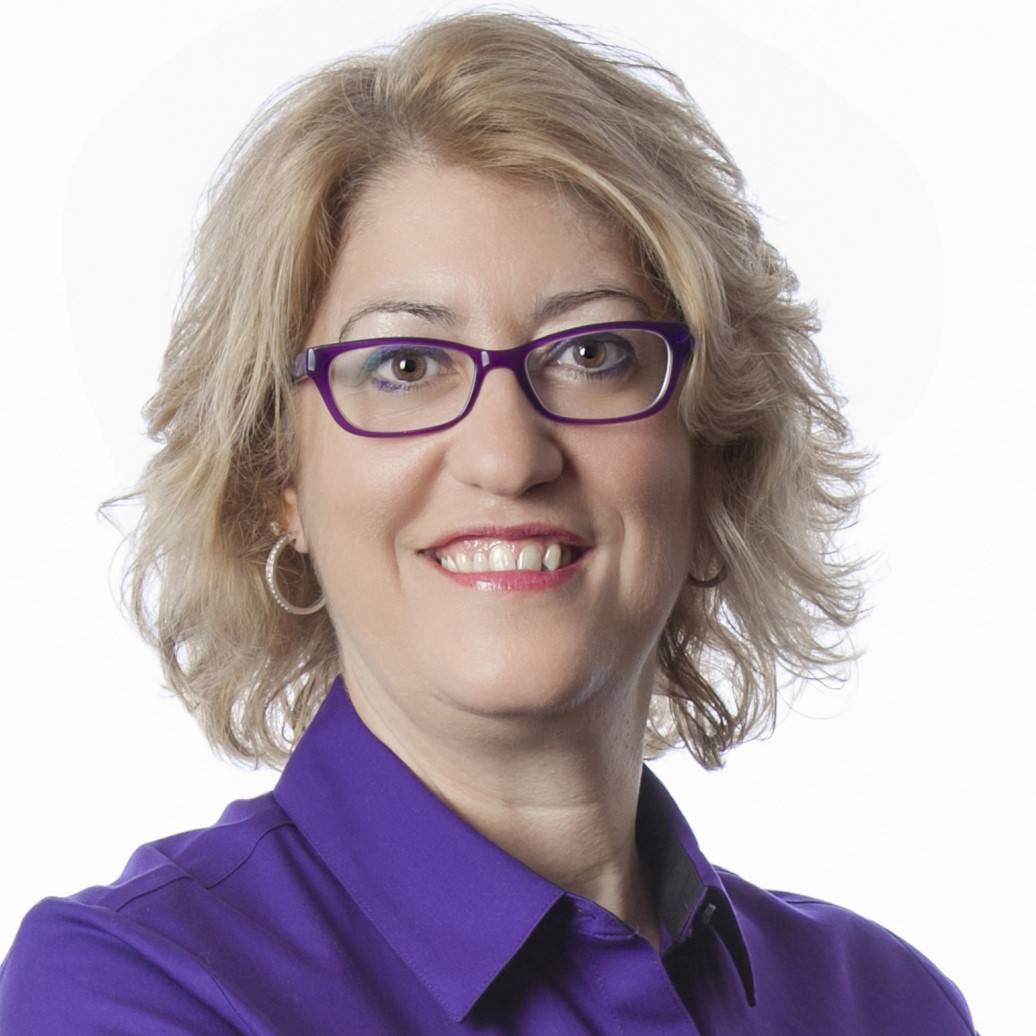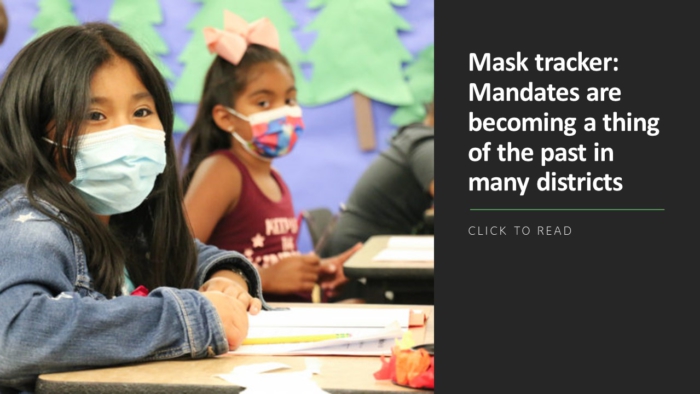
The global pandemic that has disproportionally affected low-income and minority families has exposed vast inequities in our society. As educators work to eliminate these injustices in their communities, one problem that shouldn’t be overlooked is the existence of “STEM deserts” within some school systems.
Studies have revealed that students in high-poverty areas often lack access to rigorous STEM learning opportunities, such as computer science, physics, or calculus courses. Consider these examples:
- A 2017 report from the nonprofit organization Change the Equation found large disparities in the opportunities for students from different socio-economic backgrounds to learn STEM content. For instance, 61 percent of fourth-graders attending low-poverty schools complete hands-on science activities at least once a week, compared with 47 percent of students in high-poverty schools. And while 90 percent of students in low-poverty schools can take a physics class, only 43 percent of those in high-poverty schools can.
- A 2018 analysis by the Government Accountability Office found that 85 percent of low-poverty high schools offer calculus classes, but only half of high-poverty high schools do. More than 80 percent of low-poverty schools offer at least one Advanced Placement® (AP®) course, compared with 60 percent of high-poverty schools. Roughly 70 percent of low-poverty schools, but only 30 percent of high-poverty schools, offer 10 or more AP® courses to students.
- Low-poverty high schools are nearly twice as likely to offer a computer science course as high-poverty schools (62 percent vs. 33 percent), according to Code.org.
Why do these disparities exist? One reason is that high-poverty schools often struggle to attract and retain teachers with the expertise needed to develop and teach courses in these highly specialized subject areas. The result is that students in these so-called “STEM deserts” have fewer opportunities for advanced STEM learning in school.
They also have fewer options outside school. A 2020 study by researchers at Texas A&M and Colorado State universities found that students living in high-poverty counties have fewer informal STEM learning opportunities as well, such as access to museums, zoos, aquariums, and science centers.
A lack of equitable STEM learning opportunities for students from low-income communities means they are less likely to enter high-paying STEM careers. As this article in Forbes reports, 10 of the top 14 fastest-growing industries require some kind of STEM training. The fact that students from low-income communities are missing out on these opportunities is unfortunate for them, but it’s also unfortunate for the rest of us. As the Forbes article observes: “We’re losing innovators and their breakthroughs every day, because [students] aren’t being given the opportunities they deserve.”
4 components to bring more equity to STEM education in distance learning
There is a solution to this problem. With the help of a high-quality online learning partner, resource-challenged schools can instantly extend their curriculum and offer courses to students online that they aren’t able to provide by themselves, taught by experienced and certified instructors who are thoroughly trained in online teaching best practices. The best programs also ensure that students are supported by on-site coordinators who are available to answer questions and help students stay on track.
When learning shifted online at the beginning of the pandemic, many students struggled. But it’s important to understand that what students experienced last year wasn’t truly “online learning”—it was a stopgap approach.
High-quality online learning puts students at the center of the learning process. Students have the freedom to read or watch lessons, work on assignments, participate in group projects with their peers, and contribute to class discussions at any time, as long as they meet class deadlines and due dates for assignments. Students interact with their teacher and their classmates, but they also have more flexibility than other models requiring access to class at specific times.
High-quality online learning uses online best practices in combination with hands-on activities that are completed offline, such as lab work using supplies that are shipped to students. The learning is activity-based, with students learning and applying key skills through authentic, hands-on projects. Courses are built within a learning management system (LMS) and take full advantage of online tools for learning. Individual student support is also a high priority: Teachers work closely with students, providing frequent check-ins and feedback to help ensure that students don’t feel lost in class, and local site coordinators are also available to provide additional support.
When all of these elements work together, students can be highly successful while learning in an online environment. In fact, our own experience in providing high-quality online instruction for the last quarter-century proves this: Students taking AP® courses through VHS Learning consistently exceed the national average pass rate on AP® exams. For instance, the national pass rate for the 2020 AP® Environmental Science exam was just over half (53%), but nearly all (95%) VHS Learning students passed that exam. For AP® Biology, 89% of exam takers from VHS Learning passed, compared to the national average of 69%. Overall, 91% of students who take VHS Learning courses complete them. Schools using the accredited nonprofit program immediately expand their program of studies by more than 250 courses in all disciplines.
Schools want to provide students with the opportunities they deserve, but the existence of STEM deserts creates troubling inequities for students living in low-income neighborhoods. By partnering with a high-quality provider that supplements what they can offer, school districts can broaden the range of courses they’re able to provide. This helps level the playing field for students, increases the opportunities available to them—and ensures that no student’s scope of learning is limited by geography or economic circumstances.
Carol DeFuria is the President and CEO of VHS Learning, a nonprofit provider of full-time and supplemental online instruction for high school students for the past 25 years.
More from DA



